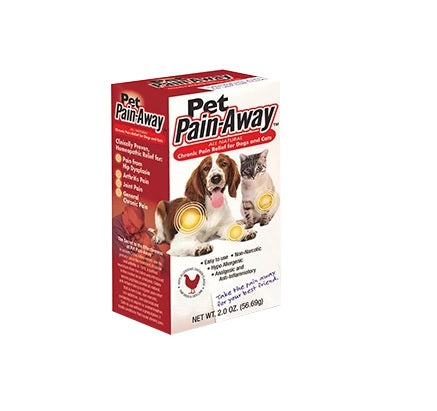
It is wrong to assume that hip dysplasia only affects dogs. Cats can too suffer from this condition and if you are an owner of a cute cat, then you ought to educate yourself about hip dysplasia. In this condition, the hip joint has a malfunction. The ball of hip joint doesn’t fit correctly in the socket. Due to this malfunction, everyday wear and tear that affects the joints will cause more pain and stiffness.
The danger of hip dysplasia in cats is, over time it can develop into arthritis in the hip joint. Needless to say, these conditions can cause a lot of pain to your cat and make its life difficult. That is why it is essential for cat owners to learn ways of dealing with this condition if their cat is suffering from it.
Signs Your Cat Has Hip Dysplasia
Yes, it is true that cats are good at hiding symptoms of this condition and tend to handle it a lot better than dogs, they nevertheless show some signs. For example, they might refrain from engaging in physical activities or exercises, chew or lick the affected area a lot, limp a lot, and get up and lie down with some difficulty.
Now, as we mentioned above, cats are good at hiding signs of this condition. Your cat might have this condition but you may not be aware of it. That is why it is best to take your cat to a veterinarian for regular health checkups so that diagnosis can be made at the right time.
Treatment for Cat Hip Dysplasia
If your cat has mild hip dysplasia, it will be able to handle it on its own. You won’t have to do much in those cases. However, to ease their pain, you can change your pet’s diet and engage it in light exercises. Excessive weight is not good for your cat as it can put pressure on the joints. And regular exercise such as walks will ensure your cat stays active.
Apart from this, one essential thing to do is, installing ramps and steps at key places so that your cat can move freely without having to do leaps up and down. Make it easier for your pet to access things like water, food, and litter boxes by moving them to a more convenient spot. And as far as surgeries are concerned, hip replacements are extremely rare in cats. Whether surgery is needed or not, your cat’s vet will be able to tell that after inspecting the problem properly.
So, there you have it. These are some key things that cat owners should know about hip dysplasia. If your cat is showing symptoms of this condition, we will recommend you to use our Pet Pain-Away product. It’s a homeopathic product that is non-toxic, non-narcotic, and totally safe for your beloved cat. It is effective for general pet pains, arthritis and joint pain, and of course, hip dysplasia pain as well.
The danger of hip dysplasia in cats is, over time it can develop into arthritis in the hip joint. Needless to say, these conditions can cause a lot of pain to your cat and make its life difficult. That is why it is essential for cat owners to learn ways of dealing with this condition if their cat is suffering from it.
Signs Your Cat Has Hip Dysplasia
Yes, it is true that cats are good at hiding symptoms of this condition and tend to handle it a lot better than dogs, they nevertheless show some signs. For example, they might refrain from engaging in physical activities or exercises, chew or lick the affected area a lot, limp a lot, and get up and lie down with some difficulty.
Now, as we mentioned above, cats are good at hiding signs of this condition. Your cat might have this condition but you may not be aware of it. That is why it is best to take your cat to a veterinarian for regular health checkups so that diagnosis can be made at the right time.
Treatment for Cat Hip Dysplasia
If your cat has mild hip dysplasia, it will be able to handle it on its own. You won’t have to do much in those cases. However, to ease their pain, you can change your pet’s diet and engage it in light exercises. Excessive weight is not good for your cat as it can put pressure on the joints. And regular exercise such as walks will ensure your cat stays active.
Apart from this, one essential thing to do is, installing ramps and steps at key places so that your cat can move freely without having to do leaps up and down. Make it easier for your pet to access things like water, food, and litter boxes by moving them to a more convenient spot. And as far as surgeries are concerned, hip replacements are extremely rare in cats. Whether surgery is needed or not, your cat’s vet will be able to tell that after inspecting the problem properly.
So, there you have it. These are some key things that cat owners should know about hip dysplasia. If your cat is showing symptoms of this condition, we will recommend you to use our Pet Pain-Away product. It’s a homeopathic product that is non-toxic, non-narcotic, and totally safe for your beloved cat. It is effective for general pet pains, arthritis and joint pain, and of course, hip dysplasia pain as well.
 877-895-5647
877-895-5647

